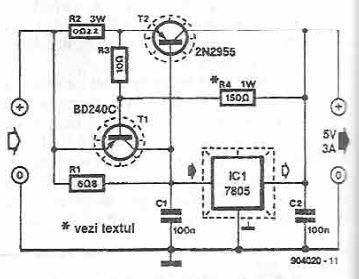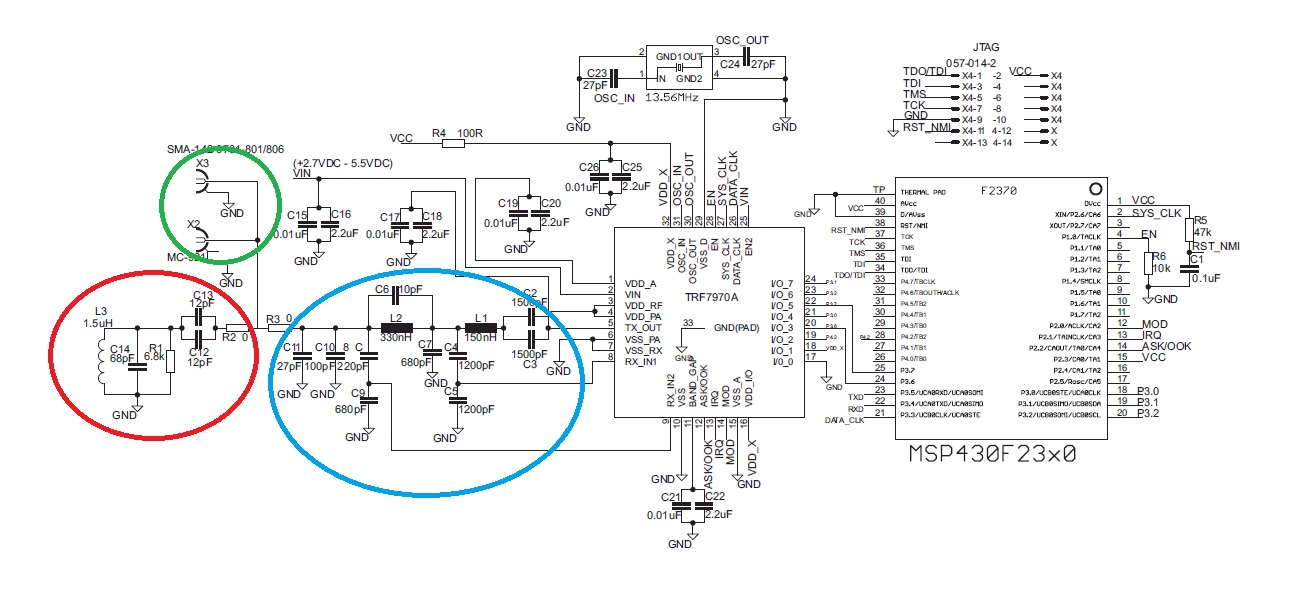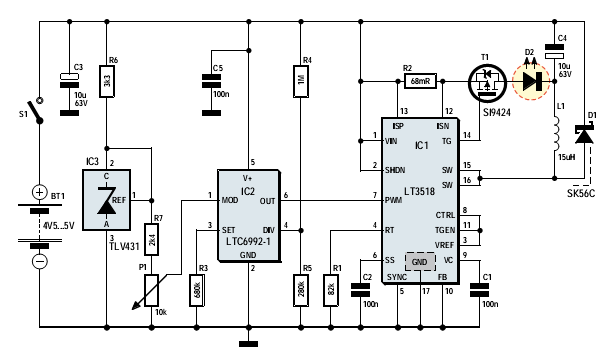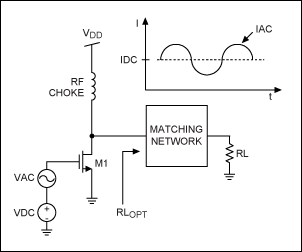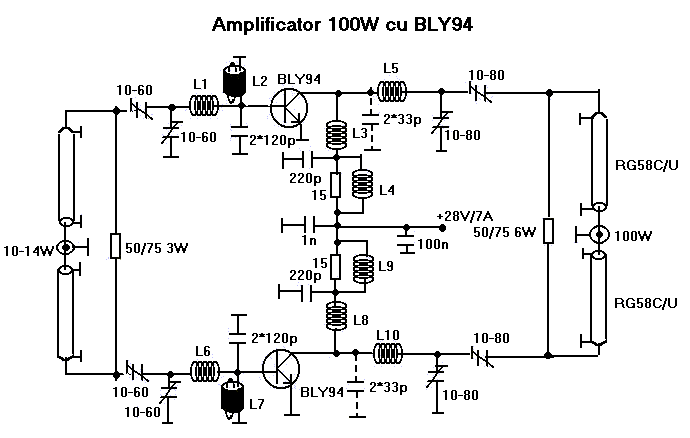
Adjustable output MAX761 boost power supply
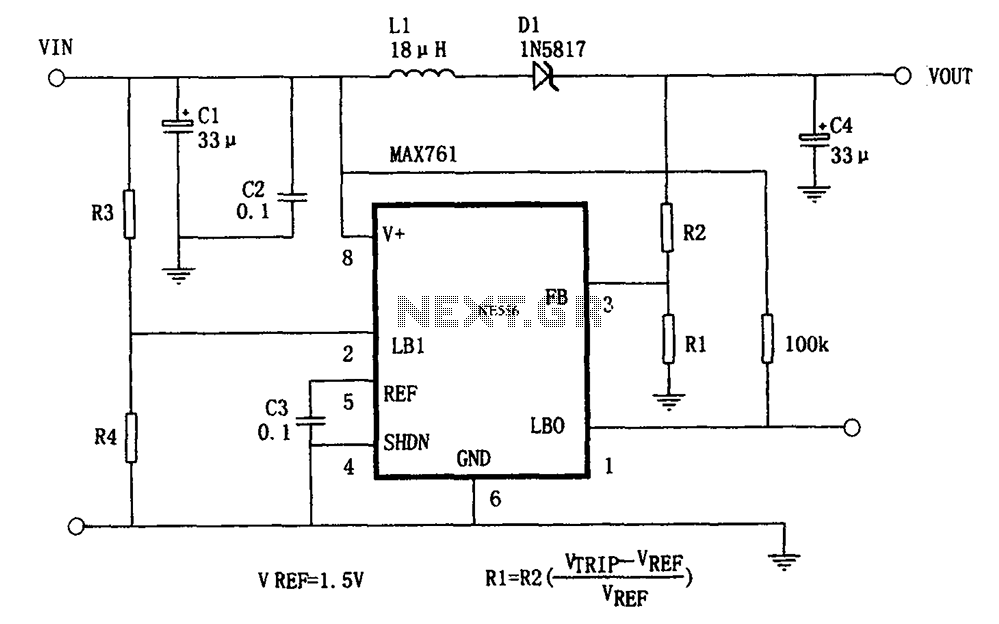
The circuit features an efficient, low-power output voltage boost DC-DC converter, MAX761, along with a few external components that facilitate adjustable power conversion. The output voltage is determined by the ratio of resistors R1 and R2, calculated using the formula Vo = VREF (1 + R2/R1), where VREF is 1.5V.
The MAX761 is a high-efficiency DC-DC boost converter designed to convert a lower input voltage to a higher output voltage while maintaining low power consumption. This device is particularly useful in battery-operated applications where energy efficiency is paramount.
The output voltage (Vo) is adjustable and is set by the external resistors R1 and R2. The formula Vo = VREF (1 + R2/R1) indicates that the output voltage is a function of the reference voltage (VREF), which is fixed at 1.5V in this configuration. The choice of R1 and R2 directly influences the output voltage, allowing for flexibility in design to meet specific voltage requirements.
In practical applications, it is essential to select R1 and R2 with appropriate values to achieve the desired output voltage while ensuring stability and efficiency. The MAX761 operates with a wide input voltage range, making it suitable for various applications including portable devices, sensors, and other low-power electronics.
The circuit typically includes additional components such as input and output capacitors to filter voltage spikes and ensure stable operation. An inductor is also employed to store energy during the switching cycle, which is released to the output during the non-conducting phase, contributing to the boost function.
Overall, the design of this DC-DC converter circuit exemplifies a compact and efficient solution for applications requiring adjustable output voltage with minimal power loss. As shown in FIG grounds efficient, low-power output voltage boost DC-DC converter MAX761 and a few external components, the adjustable power conversion. Its output voltage is d etermined by the ratio of R1 and R2, according to the formula Vo (1 + R2/Rl) VREF calculated, VREF 1.5V.
The MAX761 is a high-efficiency DC-DC boost converter designed to convert a lower input voltage to a higher output voltage while maintaining low power consumption. This device is particularly useful in battery-operated applications where energy efficiency is paramount.
The output voltage (Vo) is adjustable and is set by the external resistors R1 and R2. The formula Vo = VREF (1 + R2/R1) indicates that the output voltage is a function of the reference voltage (VREF), which is fixed at 1.5V in this configuration. The choice of R1 and R2 directly influences the output voltage, allowing for flexibility in design to meet specific voltage requirements.
In practical applications, it is essential to select R1 and R2 with appropriate values to achieve the desired output voltage while ensuring stability and efficiency. The MAX761 operates with a wide input voltage range, making it suitable for various applications including portable devices, sensors, and other low-power electronics.
The circuit typically includes additional components such as input and output capacitors to filter voltage spikes and ensure stable operation. An inductor is also employed to store energy during the switching cycle, which is released to the output during the non-conducting phase, contributing to the boost function.
Overall, the design of this DC-DC converter circuit exemplifies a compact and efficient solution for applications requiring adjustable output voltage with minimal power loss. As shown in FIG grounds efficient, low-power output voltage boost DC-DC converter MAX761 and a few external components, the adjustable power conversion. Its output voltage is d etermined by the ratio of R1 and R2, according to the formula Vo (1 + R2/Rl) VREF calculated, VREF 1.5V.
